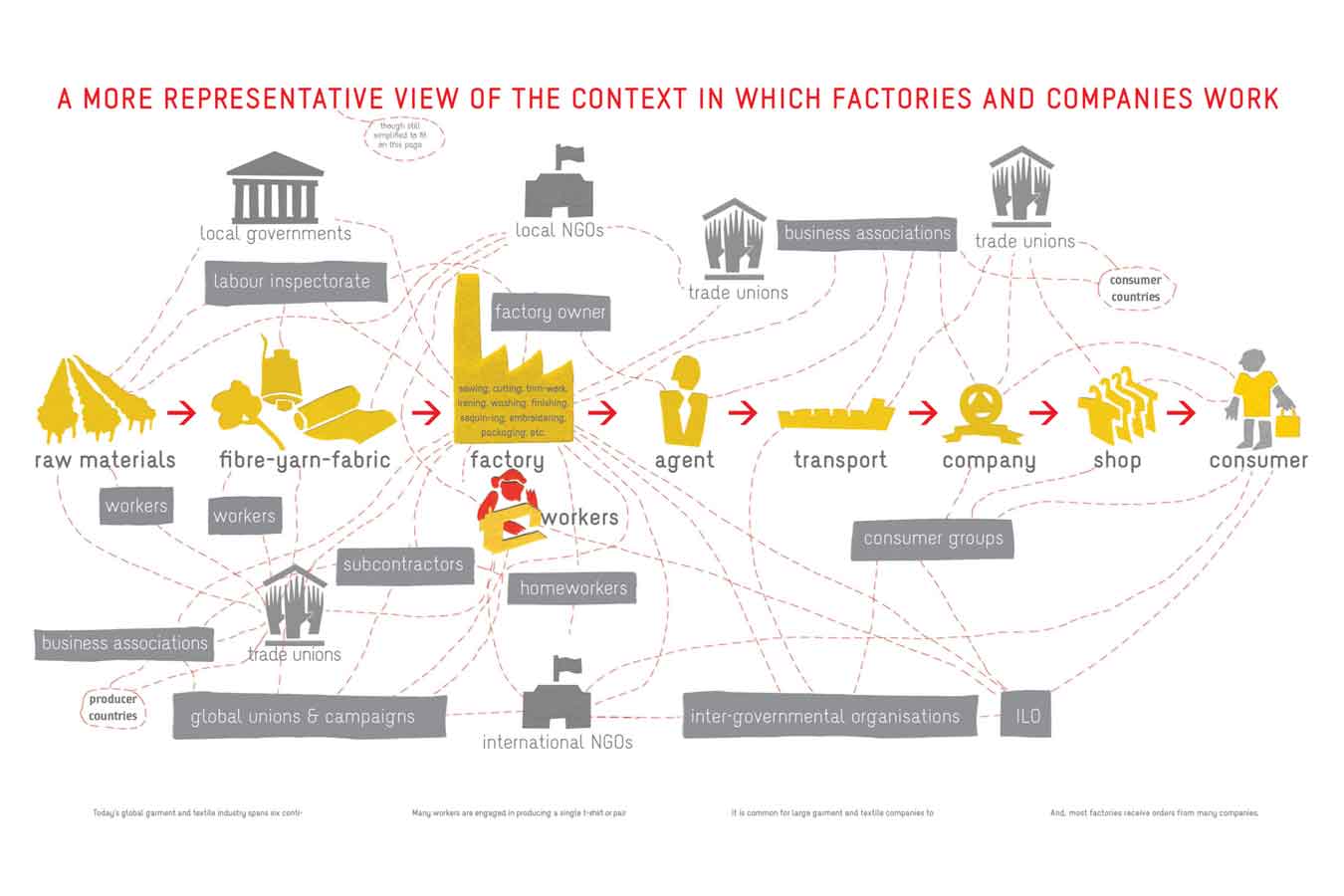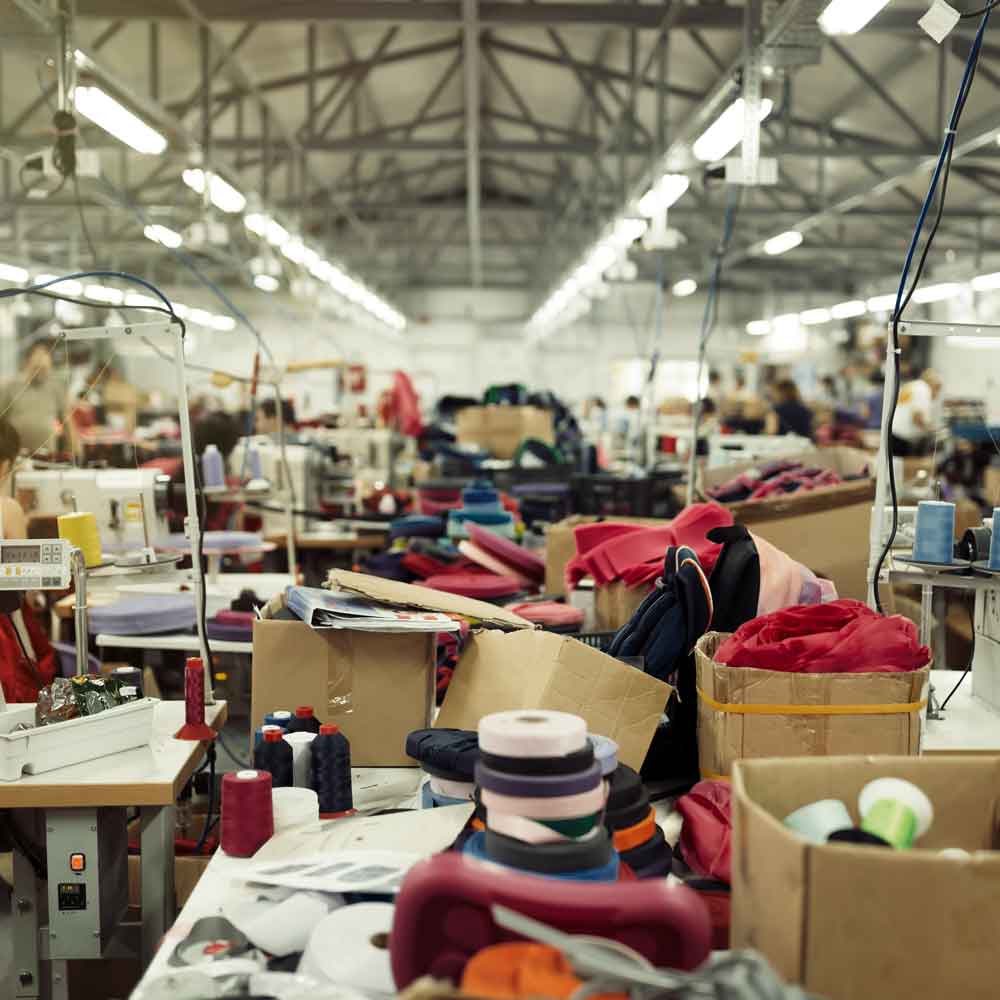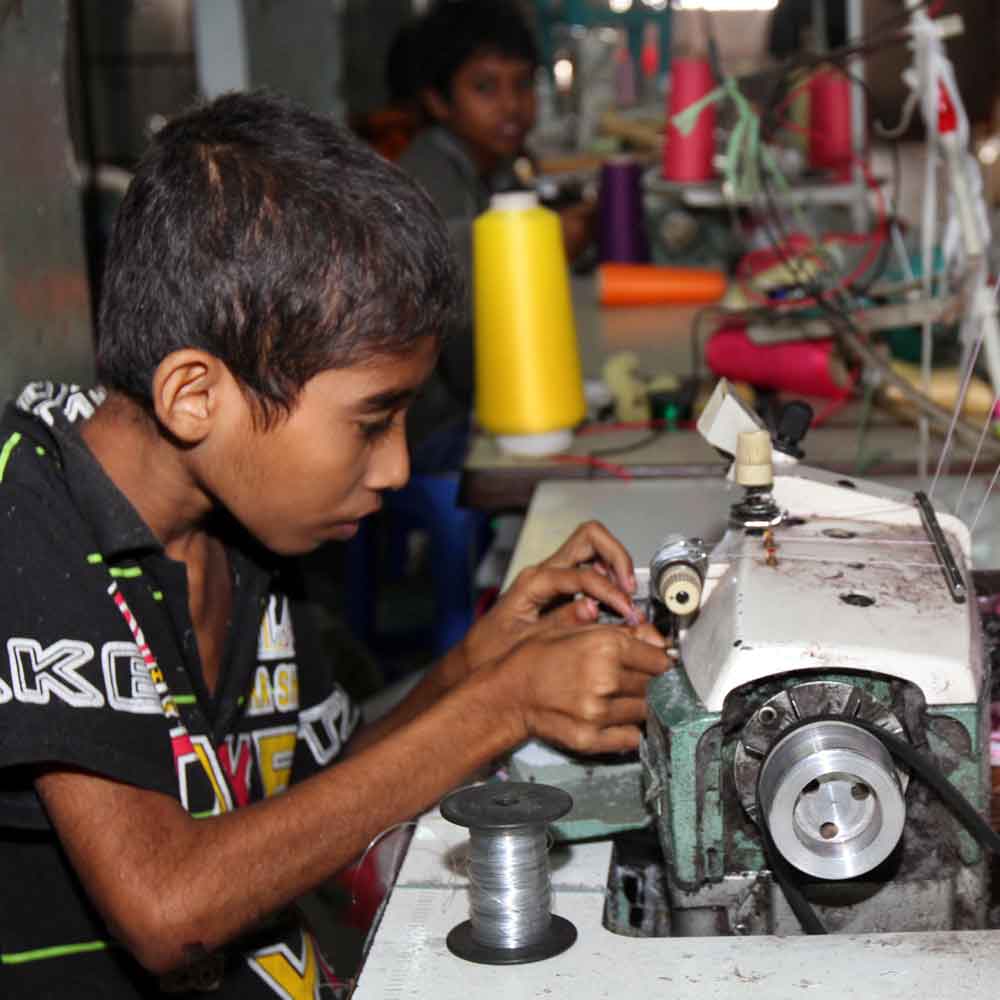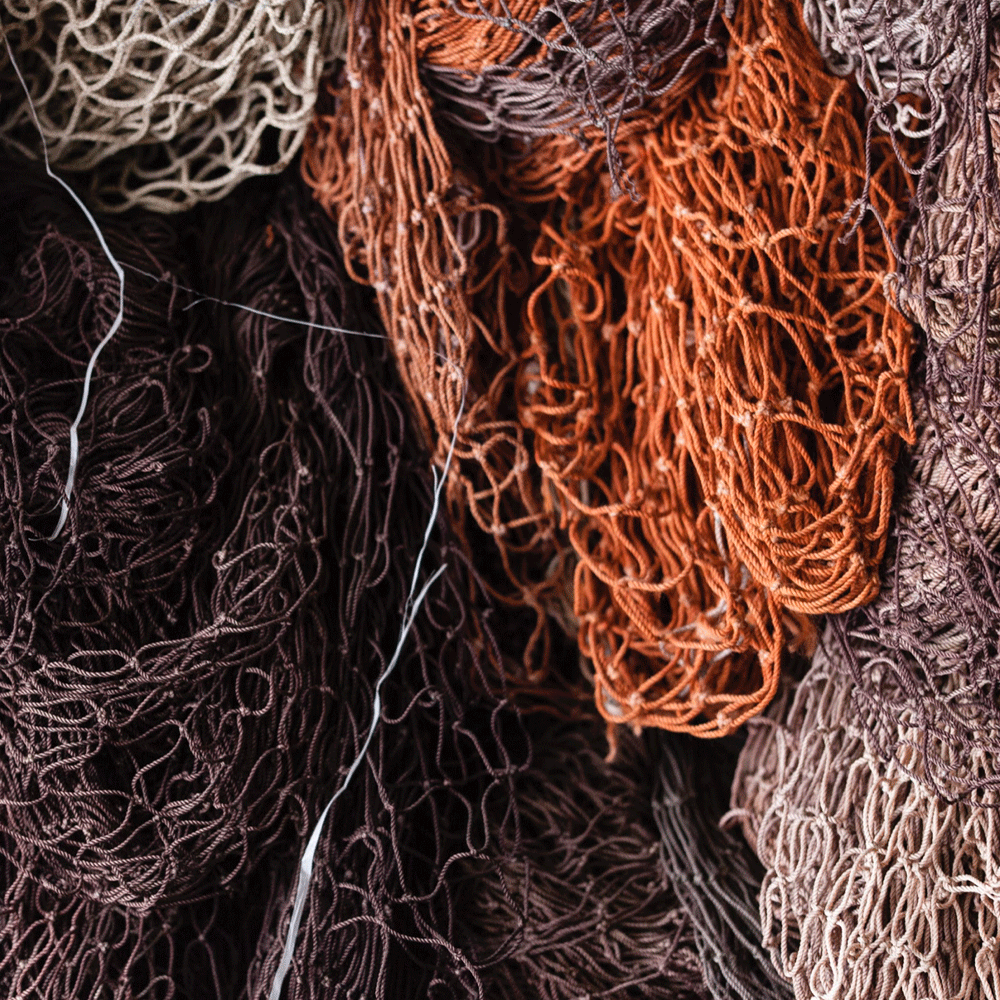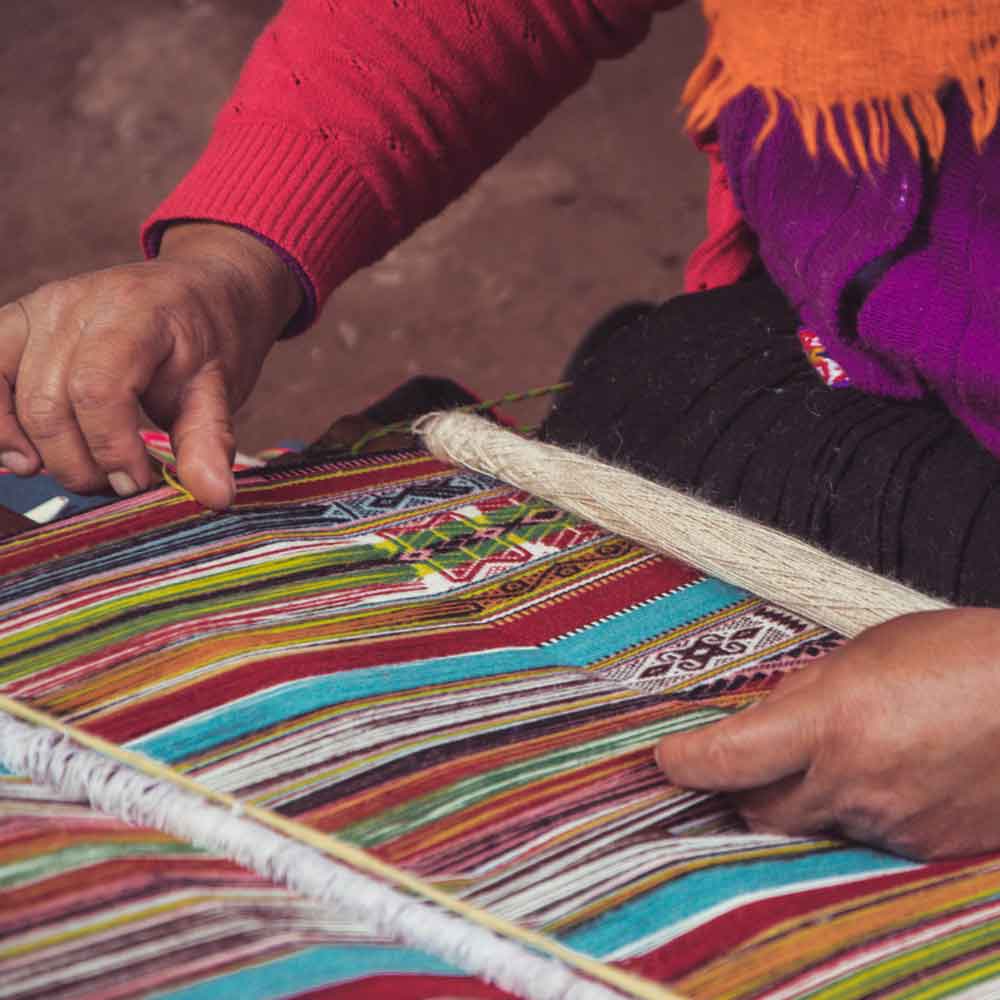Supply Chain Transparency
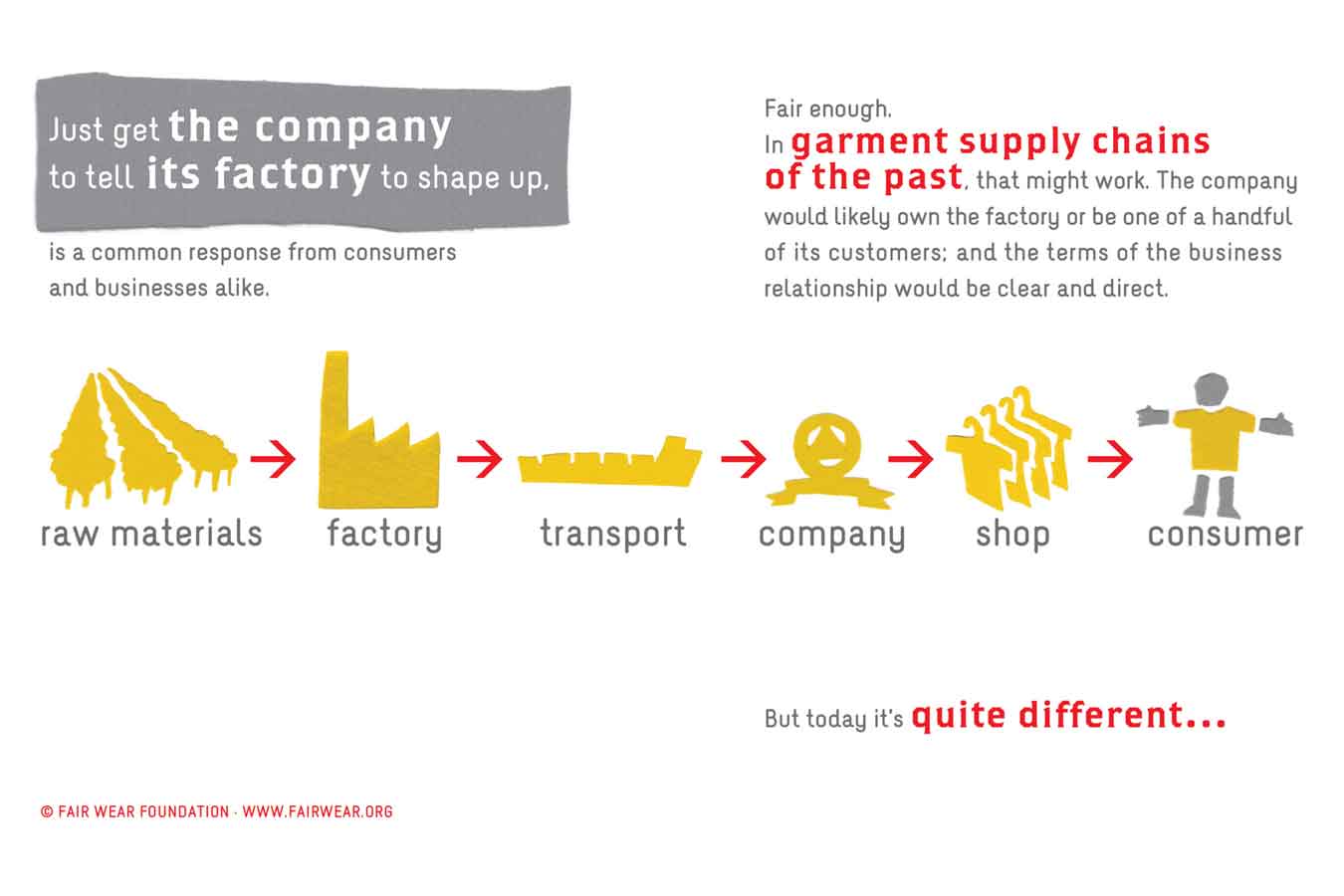
Why is it important that a brand can trace its full supply chain? A transparent supply chain ensures sustainable practices from the production of raw materials through to finished garments. Mapping supply chains from field to final garment can take time and requires strong and trusting relationships with suppliers. As well as the transparency and accountability that it brings to a business, strong, trusting relationships and a shared vision with suppliers lead to better business results overall.
As Eileen Fisher puts it: “It's no small feat to map a global supply chain, but it's a matter of integrity. We need to verify how every last fiber is grown and every last garment is dyed. We need to know that every factory, spinner and mill is following strict labor standards. When we began this project in 2014, we didn't think that would be too hard. After all, we've visited a lot of organic cotton fields and talked with workers at countless factories. But going deeper means getting our suppliers to reveal their suppliers. That takes trust. And time.”
Tools and support systems exist to assist the process of understanding where and how garments are made, from a range of supply chain mapping tools, to codes of conduct, to international certification standards to external audits.
